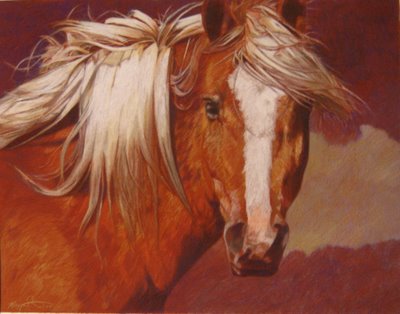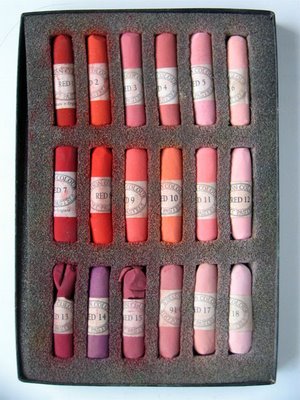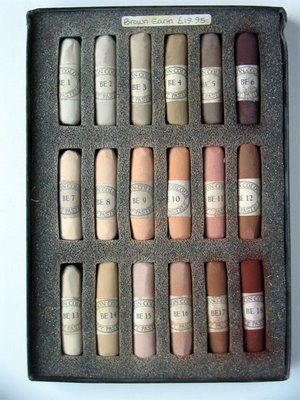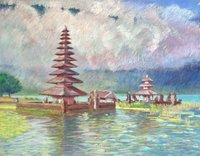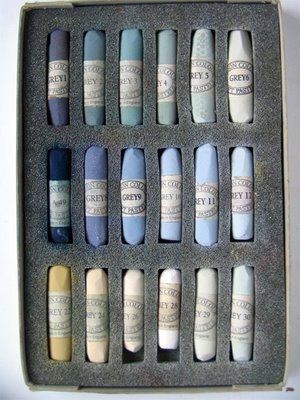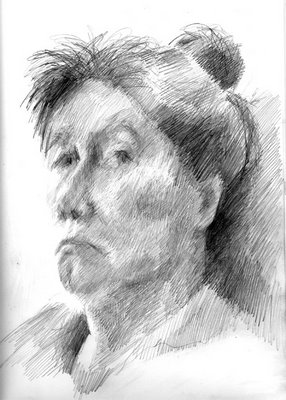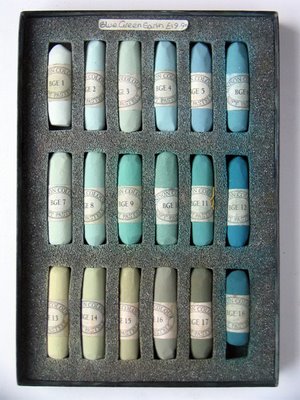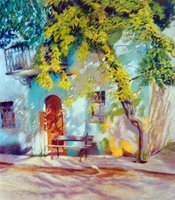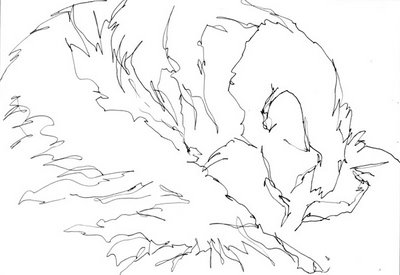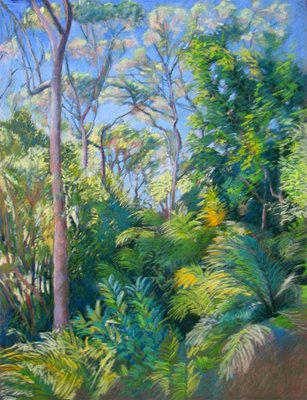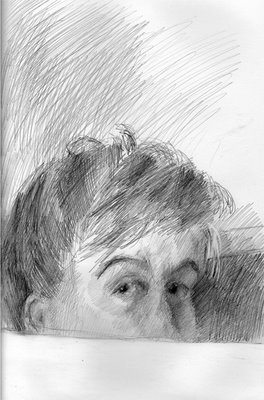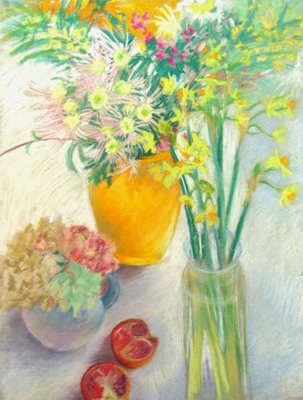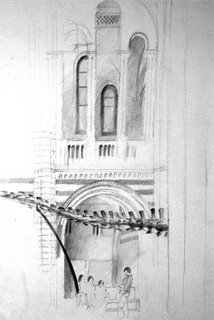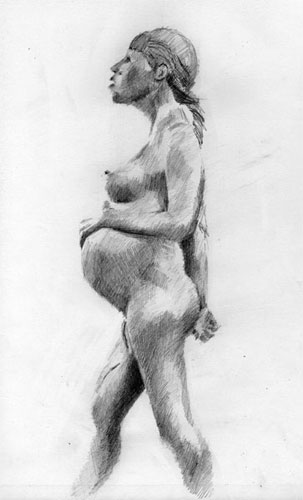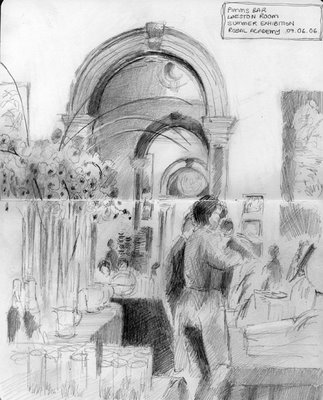Maggie and I have talked quite a bit in the past and during her interview about how she settles on a theme and then develops it. It works for her because she becomes more confident in what's she's doing and feels she can then take risks, push a few 'boundaries, and try things which are a bit more unusual - it's a combination of steady application with a bit of excitement thrown in. It works for her customers who collect her work because they can build a set of paintings which have a continuity about them.
So what does Robert Genn write about in his twice-weekly letter to artists? Only "the nature of the serial process"! I'm going to quote a brief extract from the letter - but seriously urge you to go and read it in its entirety when it's published on the Painter's Keys website shortly (e-nmail subscribers always get it first).
Robert talks about
"The steady worker who applies his craft daily is more likely to make creative gains than an intermittent one. Even when tired, or even because of it, the rolling creator can generally squeeze further."In addition - he highlights the stages in the creative process
- Initial attraction and recognition of potential.
- Commitment to virgin understanding and first rendition.
- Secondary attraction to nuance and sleeper elements.
- Further "aha" recognition that the thing has legs.
- Re-dedication to specific exploration and variation.
- Development of personal touches and sensitivities.
- Progression through excited highs to creative climax.
I can highly recommend Robert's newsletter, it always gives me something stimulating to think about each time it lands in my in-box. The "clickback" (containing the letter and readers' response to it is also very well worth reading - and features readers' work!) This is the current clickback.
Relevant Links:
Technorati tags: art , Laurelines , painting , Robert Genn , Painter's Key's
